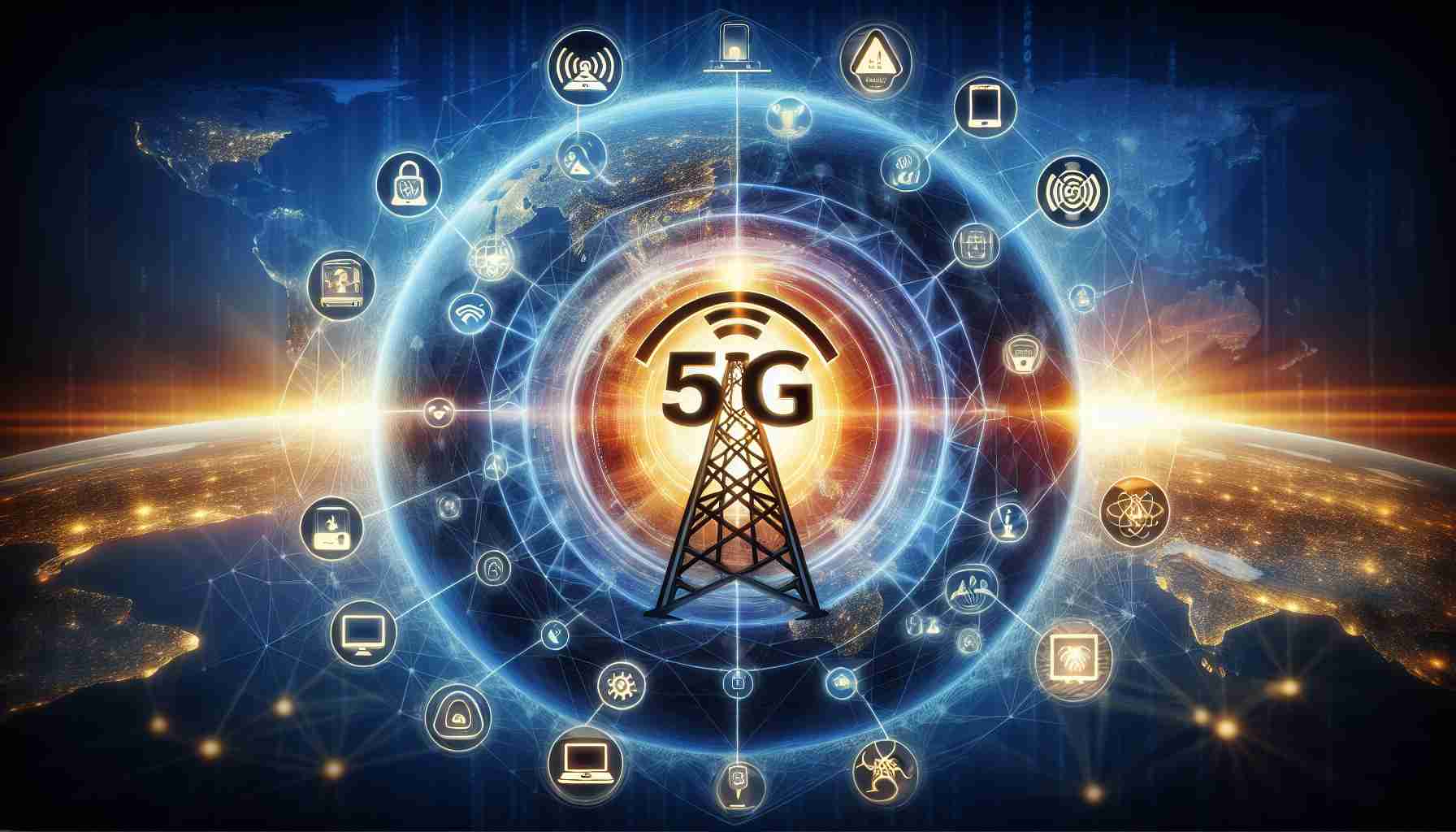
The global shift to 5G technology is set to revolutionize connectivity. This next-generation network promises unheard-of internet speeds, far-reaching device support, and a myriad of opportunities across multiple industries. However, embracing this lightning-fast connectivity also brings significant security challenges that can’t be ignored.
At its core, 5G is not just an upgrade from 4G; it’s a complete overhaul of network architecture. Unlike traditional networks with centralized control, 5G’s decentralized layout poses serious vulnerabilities. The extensive integration of Internet of Things (IoT) devices makes matters even worse, as these often insecure devices could be gateways for cybercriminals.
The unique features of 5G, such as network slicing, provide customization but at a potential cost. If one part of the network is compromised, it creates risks for others, threatening overall security. Similarly, the intricate supply chain for 5G equipment increases the likelihood of weaknesses being introduced inadvertently.
With the growing number of connected devices, the need for robust security measures is essential. Manufacturers must prioritize security in their IoT designs, while operators need to implement strict isolation mechanisms to protect different network slices.
In this rapidly evolving landscape, conventional defenses are insufficient. Incorporating advanced technologies like artificial intelligence for threat detection can help identify and mitigate risks. Ultimately, collaboration between governments and industry players will be vital in establishing enduring security protocols for the 5G ecosystem, ensuring that the promise of unparalleled connectivity does not come at the expense of security.
5G Connectivity: Tips, Life Hacks, and Interesting Facts
As the world embraces the shift to 5G technology, it’s essential not only to understand its vast potential but also to navigate the challenges that come with it. Here are some tips, life hacks, and intriguing facts to help you make the most of this revolutionary technology while keeping your devices secure.
Tip 1: Optimize Your Device for 5G
Make sure your smartphone or device is 5G compatible. Most newer models support 5G, but it’s important to check if it’s enabled in your settings. You can optimize your connection by toggling between 5G and 4G/LTE based on your needs: use 5G for data-intensive tasks like streaming and 4G for basic browsing to save battery life.
Life Hack 1: Reduce Congestion on Your Network
If you’re in a crowded area and experiencing slow speeds, consider switching to a less congested band. Some 5G routers and devices offer the choice between sub-6 GHz and mmWave. mmWave generally offers higher speeds but has a shorter range; in busy environments, it may be more effective to use the sub-6 GHz band.
Tip 2: Strengthen Your Security Measures
With the rise of IoT devices in the 5G era, it’s vital to secure your home network. Change default passwords, enable two-factor authentication, and keep your devices updated. Consider investing in a secure router that includes built-in threat detection features.
Life Hack 2: Use VPNs for Added Security
Using a Virtual Private Network (VPN) can provide an extra layer of security. A VPN encrypts your internet traffic, making it more difficult for hackers to intercept your data, especially when using public 5G networks. This is particularly important for sensitive transactions and activities.
Interesting Fact 1: 5G’s Low Latency
One of the most exciting features of 5G is its incredibly low latency, which can be as low as 1 millisecond. This near-instantaneous response time can enhance experiences like remote gaming, live streaming, and real-time augmented reality applications.
Interesting Fact 2: The Expansion of Smart Cities
5G connectivity is pivotal for the development of smart cities. It allows for better traffic management systems, improved public safety through real-time monitoring, and enhanced environmental control systems. The potential for automating urban infrastructure represents a significant advancement in urban planning.
Interesting Fact 3: The Growing Impact on Healthcare
5G technology is transforming healthcare delivery. It enables telemedicine, remote surgeries, and real-time patient monitoring, allowing healthcare professionals to provide care from a distance. This advancement is particularly crucial in rural areas with limited access to medical facilities.
In conclusion, as we transition to the 5G era, embracing these tips and understanding the technology’s benefits and challenges will ensure that you can enjoy its advantages while maintaining robust security. For more information about 5G technology and its implications, visit 5G Americas.
